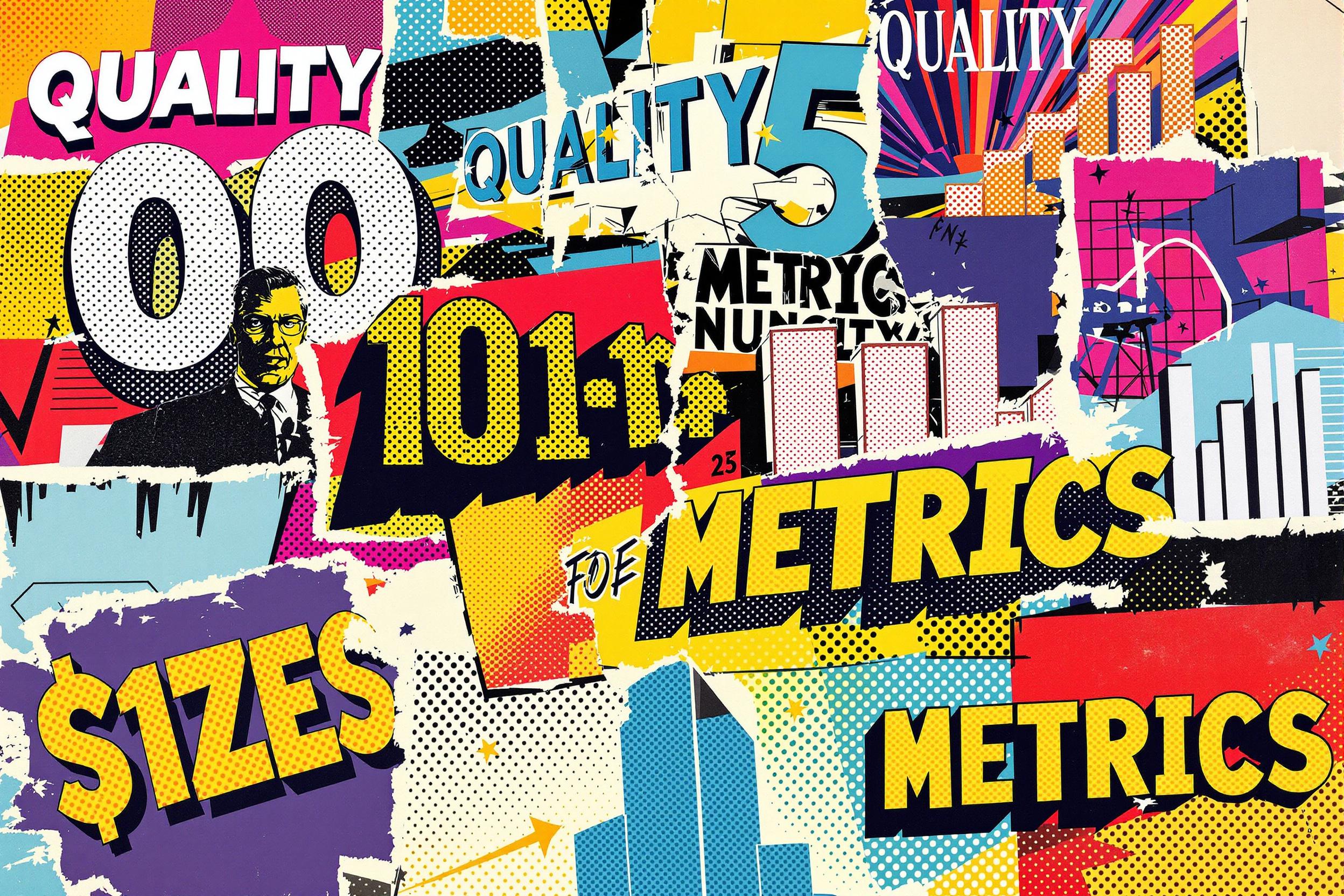
Calibration Verification
Calibration Verification is a quality control process used in medical laboratories to make sure diagnostic equipment gives accurate and reliable results. Think of it like checking if a scale is showing the correct weight - laboratories need to regularly verify their testing equipment is giving correct measurements. This process is required by regulatory bodies and helps ensure patient test results are accurate. You might also see this called "calibration validation," "CAP calibration verification," or "instrument verification" in job descriptions.
Examples in Resumes
Performed monthly Calibration Verification on chemistry analyzers ensuring 99.9% accuracy
Led team responsible for Calibration Verification and Cal Ver procedures across 5 laboratory locations
Implemented new Calibration Verification protocols resulting in 30% reduction in quality control issues
Typical job title: "Laboratory Technicians"
Also try searching for:
Where to Find Laboratory Technicians
Professional Organizations
Job Boards
Professional Networks
Example Interview Questions
Senior Level Questions
Q: How would you handle a situation where calibration verification results are consistently out of range?
Expected Answer: A senior technician should describe a systematic approach: checking maintenance records, consulting manufacturer guidelines, documenting all steps taken, potentially contacting manufacturer support, and implementing corrective actions while ensuring proper documentation for regulatory compliance.
Q: Describe your experience training others in calibration verification procedures.
Expected Answer: Should demonstrate leadership in creating training programs, documenting procedures, ensuring consistency across shifts, and maintaining regulatory compliance while teaching others.
Mid Level Questions
Q: What documentation do you maintain for calibration verification?
Expected Answer: Should mention keeping records of dates, results, lot numbers, any corrective actions taken, and maintaining these records according to laboratory policies and regulatory requirements.
Q: How often should calibration verification be performed?
Expected Answer: Should know that frequency depends on manufacturer guidelines, regulatory requirements, and laboratory policies - typically every 6 months or after major maintenance, with some instruments requiring more frequent verification.
Junior Level Questions
Q: What is the difference between calibration and calibration verification?
Expected Answer: Should explain that calibration adjusts the instrument, while calibration verification confirms the accuracy of existing calibration without making adjustments.
Q: What are the basic steps in performing calibration verification?
Expected Answer: Should describe running control materials of known values, comparing results to expected ranges, and documenting results according to laboratory procedures.
Experience Level Indicators
Junior (0-2 years)
- Basic understanding of laboratory equipment operation
- Ability to follow standard operating procedures
- Documentation of calibration results
- Recognition of out-of-range results
Mid (2-5 years)
- Independent performance of calibration verification
- Troubleshooting basic calibration issues
- Understanding of regulatory requirements
- Training of junior staff
Senior (5+ years)
- Development of calibration protocols
- Complex problem resolution
- Quality assurance program management
- Staff training and supervision
Red Flags to Watch For
- Unfamiliarity with basic laboratory safety procedures
- Poor documentation practices
- Lack of attention to detail in following protocols
- No understanding of quality control principles
- Inability to recognize when results are out of acceptable ranges
Related Terms
Need more hiring wisdom? Check these out...

Virtual Reality in Certification Exams: How VR is Transforming Specialized Training

Global Compliance Checks: The Hidden Puzzle Pieces of Background Screening Revealed

Navigating Compliance: Structuring On-the-Job Training in Regulated Industries

